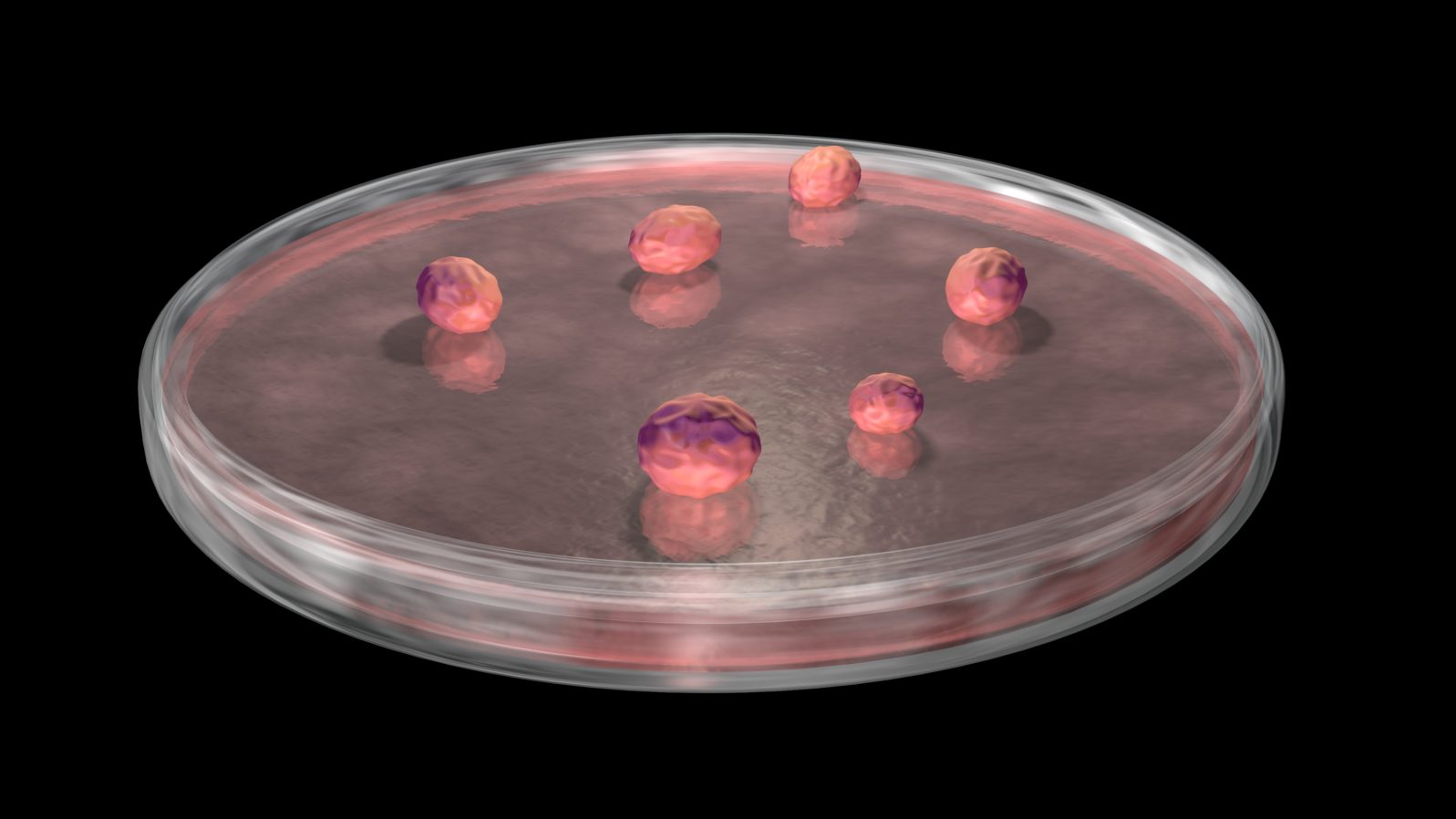Lab-Grown Brains Are Closer Now. Should They Have Rights?
A new neuroscience research area raises as much concern as excitement: growing mini “human brains” in a lab. The excitement is the prospect of better understanding and treatment of dementia, autism, and motor neuron disease (ALS). The concern is that they will become sentient, capable of feeling. Then what?
Starting in 2008, researchers learned that they could coax human stem cells to self-organize into “brainlike structures with electrically active neurons.” Although the cell clusters behave, to some extent, like human embryos, they are not human embryos but skin cells from an adult. That limits the ethical conflict in that the research does not depend on the abortion industry. But ethical issues crop up anyway as groups of cells become more and more like human — or at least animal — brains.
For some, who aim to discover the secret of human consciousness in “the stuff thoughts are made of”, the ethical risks are worth taking.
In a survey article, medical reporter Clare Wilson tells us at New Scientist that so far researchers have got the mini-brains to react to light but
To truly fulfill the potential of mini-brains, however, neuroscientists want to make them bigger and more complex. Some are attempting to grow them with blood vessels. Others are fusing two organoids, each mimicking a different part of the brain.”
Clare Wilson, “What lab-grown ‘mini-brains’ are revealing about this mysterious organ” at New Scientist (July 20, 2022)
Some interesting discoveries have followed. When the self-organizing groups of human cells — suspended in liquid inside a blob of gel — can be got to behave like human embryos, they follow a complex and precise process, forming structures that Salk Institute biologist Fred Gage
calls “quite remarkable.” And they try to communicate:
Equally startling is that the mature neurons fire electrical signals, and different neurons sometimes show patterns of synchronous activity known as brainwaves, detectable by placing mini-brains on a grid of recording microelectrodes. They are similar in complexity to those of a fetus about a month before birth, according to Alysson Muotri at the University of California, San Diego, who has done some of the most attention-grabbing work on mini-brains.
Clare Wilson, “What lab-grown ‘mini-brains’ are revealing about this mysterious organ” at New Scientist (July 20, 2022)
It’s worth noting that before birth, a child is asleep almost all of the time, consistent with a very rapid rate of growth and absence of trauma.
Another curious fact is that the brain organoids’ behavior changes at about nine months, as if in anticipation of birth, according to Stanford University psychiatrist Sergiu Paşca: “They start to resemble cells of the postnatal brain. They change their profile, the proteins they express.” (New Scientist)
How far have researchers got with building brains in the lab?
Wilson assures us, “This isn’t to suggest that mini-brains are the same as the brain of a real fetus or baby, not least because they cannot be made to grow beyond a few millimetres in diameter.” Yet.
To provide the mini-brains (organoids) with oxygen and nutrients, so that they can keep growing, Dr. Gage transplants immature ones into mouse brains. The mini-brain forms connections with the mouse brain. It works, but as Gage told Wilson, it’s no longer a fully human brain. That’s a problem if the goal is to find out more about human consciousness.
Paşca meanwhile is assembling organoids that replicate different parts of the human brain into an “assembloid.” In assembloids, he finds, neurons migrate, as they do in unborn humans. And University of California San Diego neuroscientist Alysson Muotri is trying to provide sensory input for his mini-brains by connecting them wirelessly to tiny robots moving on the floor, “closing the feedback loop,” as he tells Wilson. Human neurons can send and receive signals from electronic devices.
Will the researchers go on to build a human brain?
Will they create human consciousness? Well, this isn’t the fast track. But here’s what they might do, Wilson tells us: They might build a brain that is sentient (can feel things) roughly like a mouse. “We’re gonna get there,” Muotri tells her. “And then we’ll have to deal with the consequences.”
Consequences? There are rules against cruelty to lab mice. For that matter, the same rules cover cruelty to lab octopuses, which are cited inthe current controversy around commercial octopus farming. These days, sentience matters. It spills over into, for example, the abortion controversy, where the pain that live dismemberment must cause to the unborn child was ignored or vigorously denied in the past. Sentient organoids will likely have some rights too.
Discussing whether the organoids that recently learned Pong were conscious, computer engineer Eric Holloway noted that human-derived organoids learned faster than AI and always outperformed mouse-derived organoids in terms of volley length. He speculates that, if integrating human brain cells with AI goes mainstream, embedded human brain organoids might power our home appliances, just as they power prostheses today. Neurosurgeon Michael Egnor thinks that the hopes for humanly conscious lab-grown brains are faint indeed. But commercial interests might be looking for much less — blunted brains, engineered only for a single technical function…
Even hardcore materialists may need to pause before continuing to insist that there is nothing special about humans.
You may also wish to read:
What is the human mind like before birth? Researchers stress that the unborn child’s brain is in a rapid, ongoing, and little understood state of development. While the unborn child sleeps most of the time, during waking hours, he or she practices various skills that will be needed after birth.
